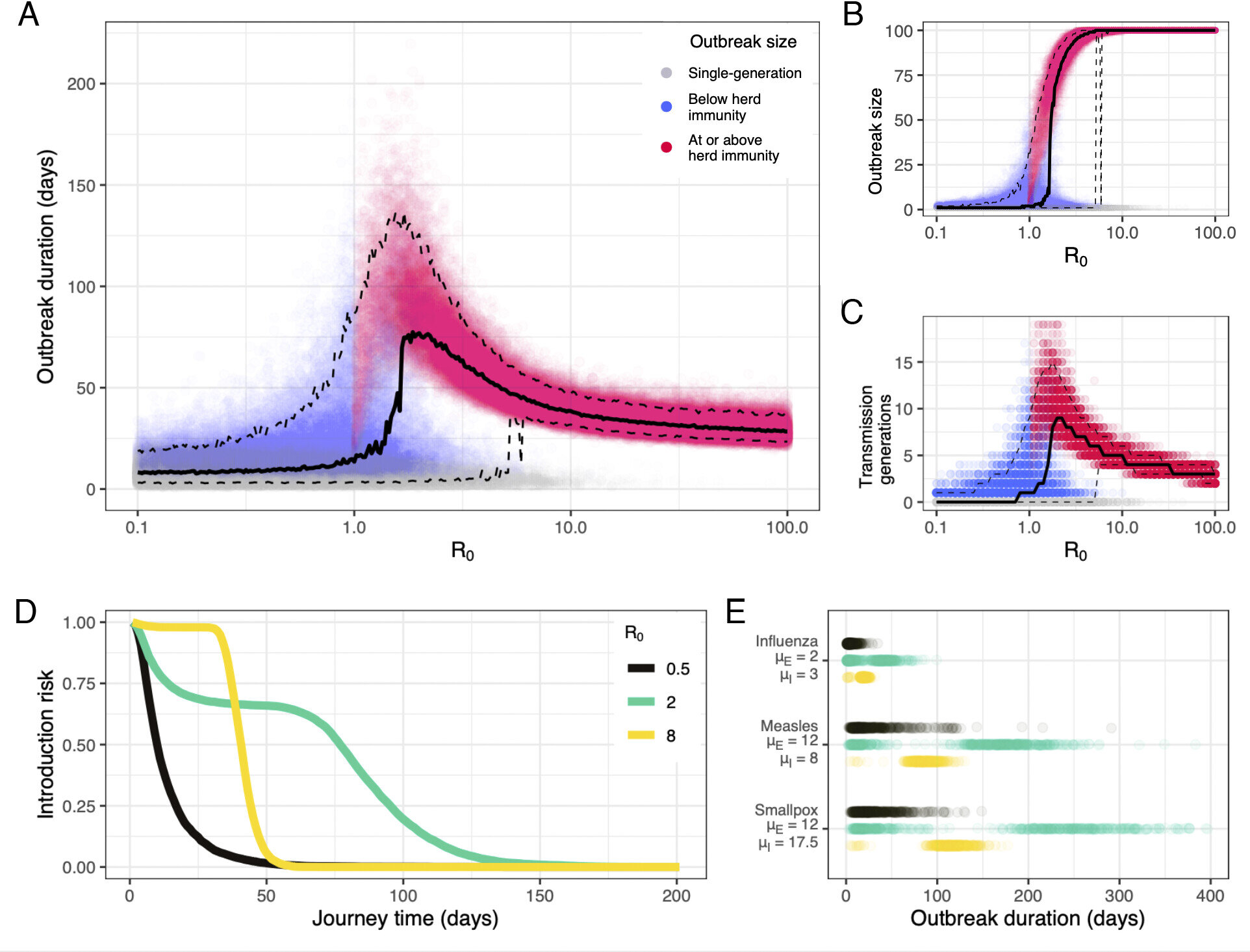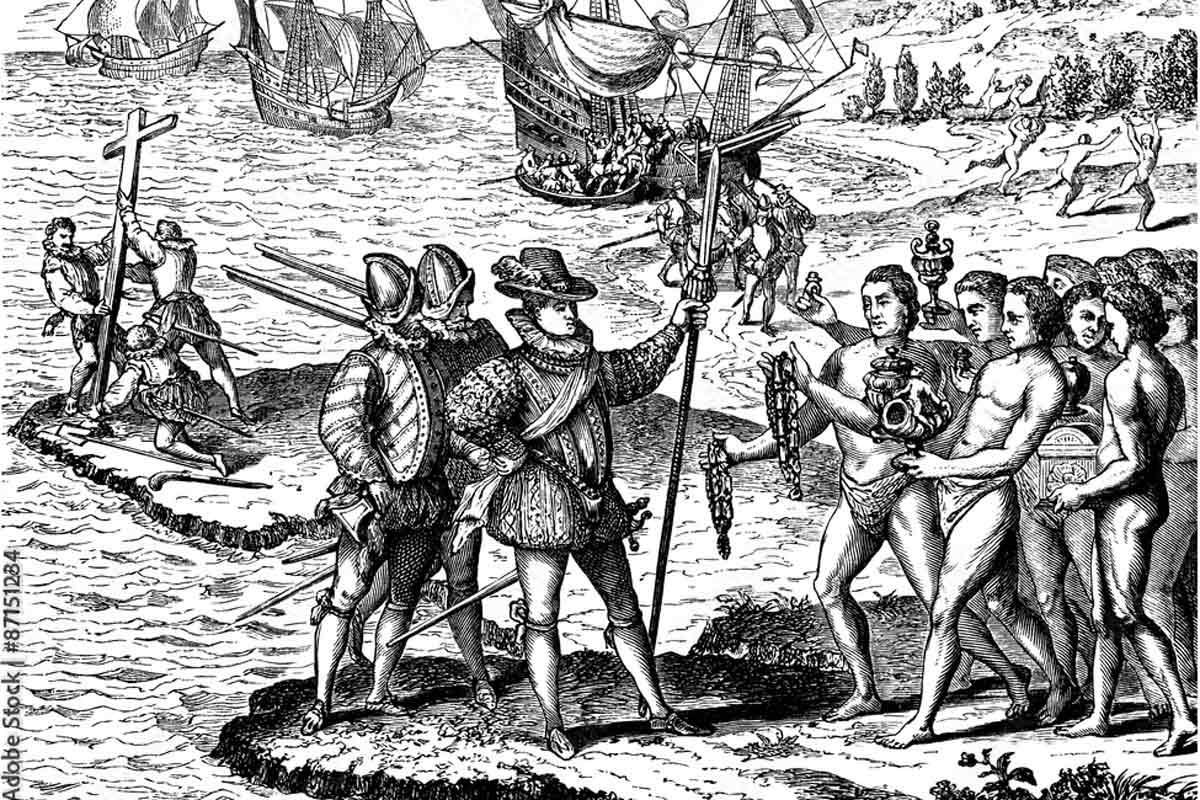
In the late 15th and early 16th centuries, as European explorers set sail across the vast oceans to discover new lands, they unknowingly carried with them a hidden threat: infectious diseases. While it is commonly believed that these diseases spread rapidly and inevitably to new populations upon arrival, recent research suggests that the odds of this happening were quite low for some diseases and voyages.
Two scientists at the University of California, Los Angeles have used mathematical modeling to study the historical risk of pathogens surviving long ocean voyages. In their study, published in The Proceedings of the National Academy of Sciences, Elizabeth Blackmore and James Lloyd-Smith calculated the probability that a single infected person would transmit a disease to an entire ship's population during a journey.
The researchers found that smallpox is more likely to survive on board a ship than measles or influenza. For example, if one person on Columbus' Santa Maria was infected with smallpox in 1492, there would have been a less than 0.1% chance of transmitting it to the New World.
However, other factors such as the length of the voyage and the size and density of the ship's population could also impact disease transmission. For instance, measles carries a 24% chance of persistent contagion upon reaching a destination.
The researchers note that things changed dramatically with the introduction of steam ships, which allowed for much shorter crossing times and more passengers. This increased the odds of carrying diseases quite significantly – one sick passenger could have virtually guaranteed transmission upon arrival at a distant destination.
Despite these findings, it is important to remember that infectious diseases did eventually spread across oceans and had a profound impact on new populations. The introduction of smallpox to the New World, for example, has been described as devastating to native population numbers. However, the researchers suggest that little research has sought to corroborate such claims and more study is needed to fully understand the historical spread of infectious diseases across oceans.



